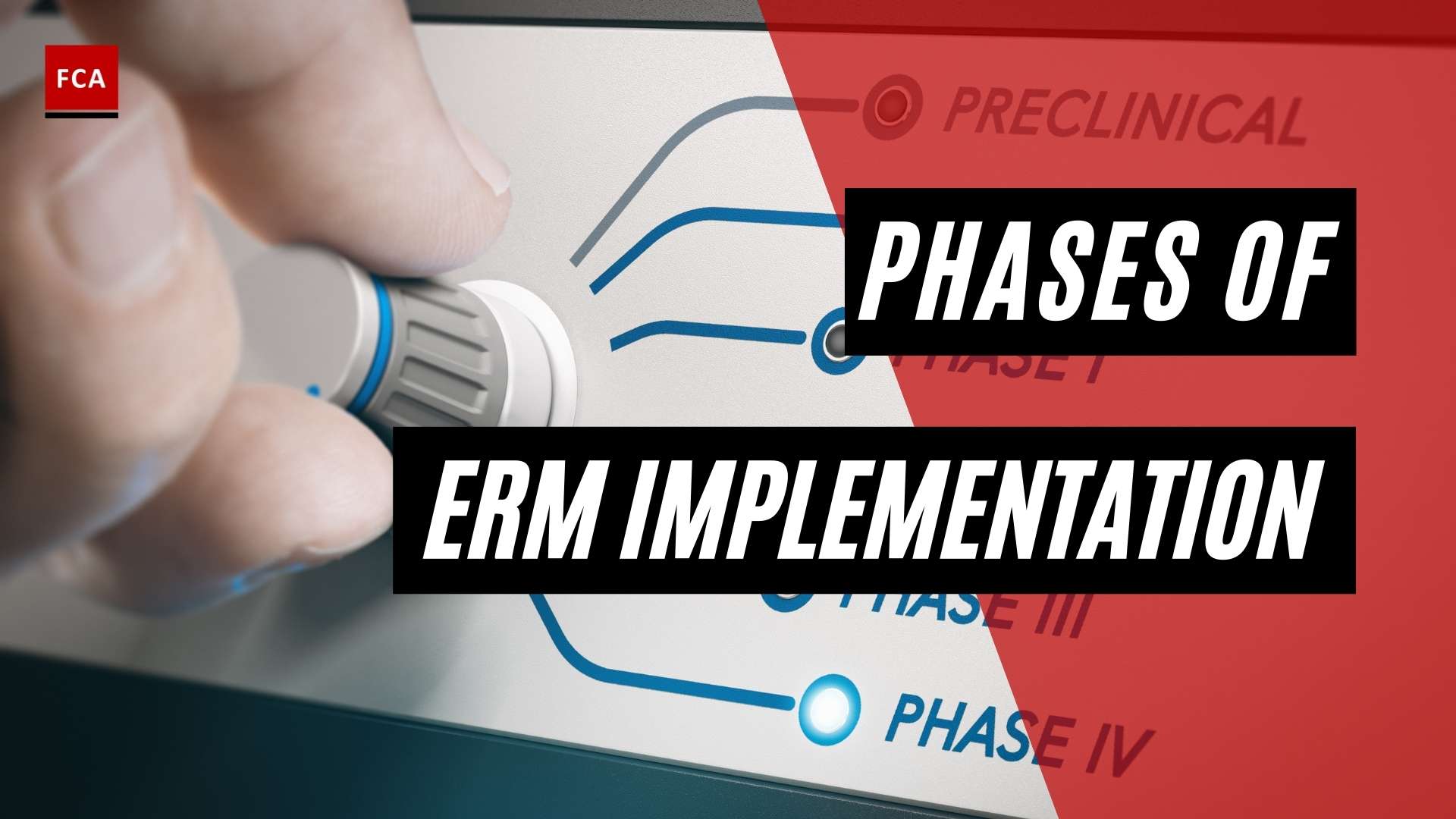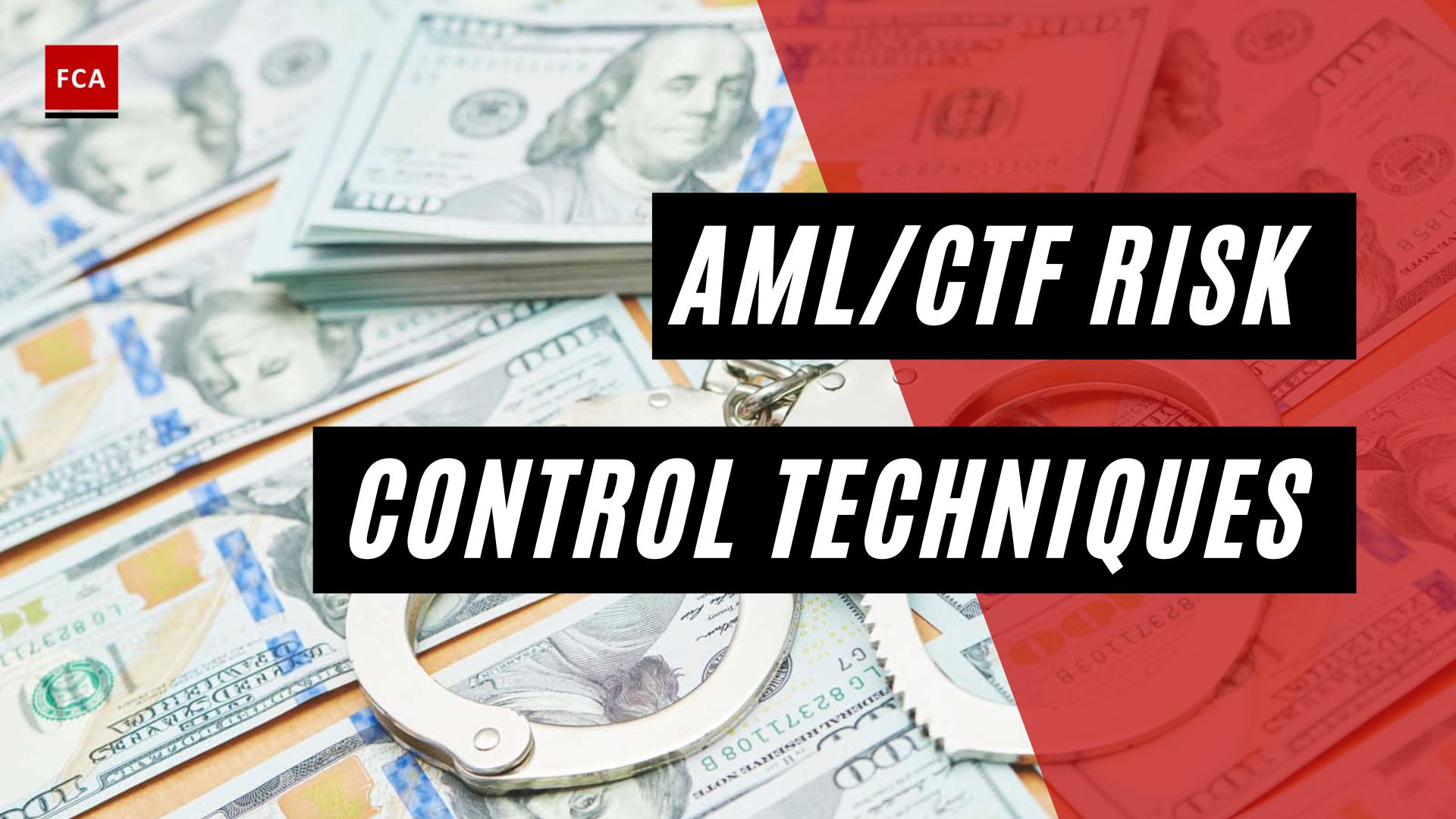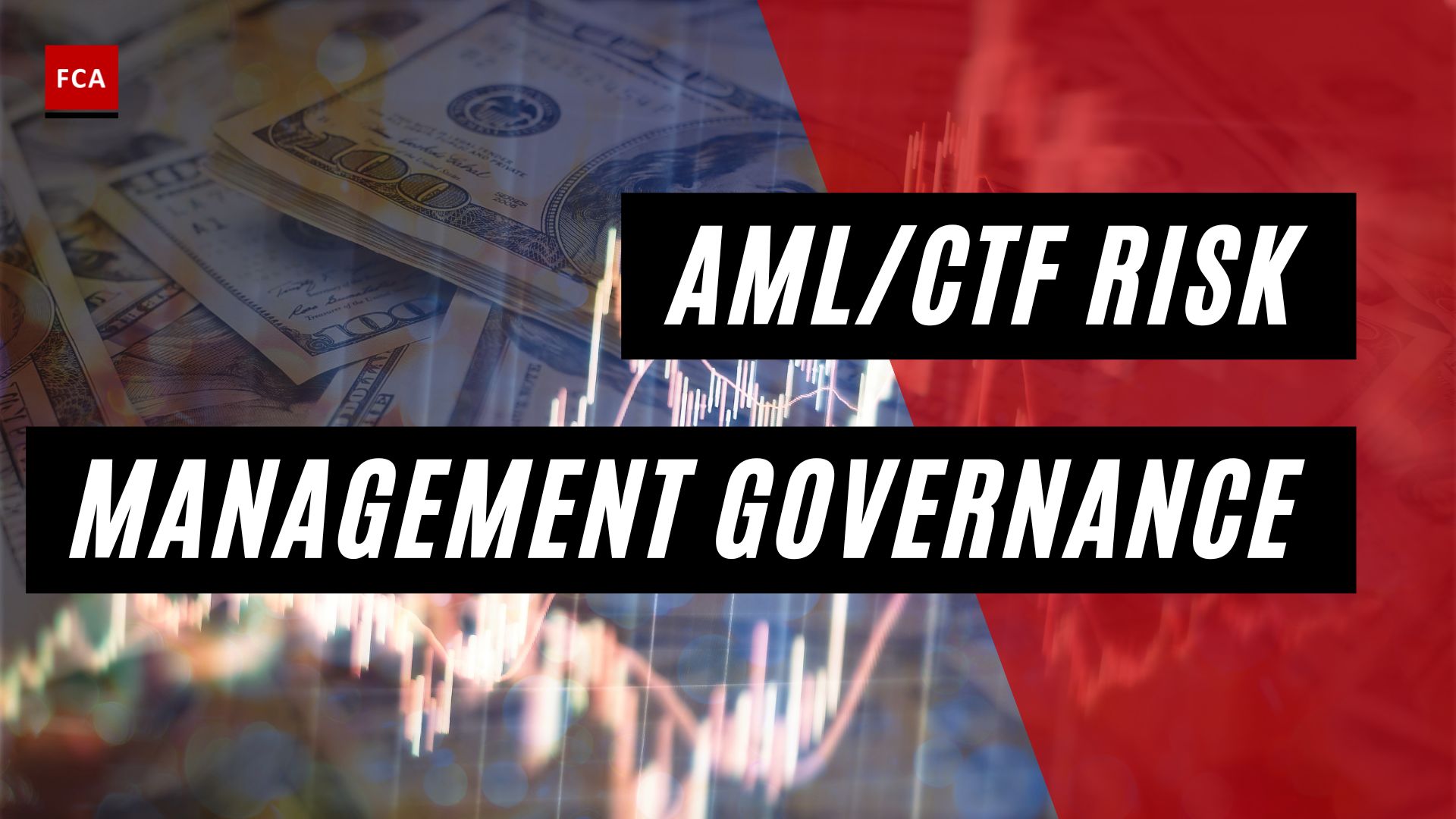How an organization senior response team responds to compliance risks and breaches greatly impacts the customer’s ability to trust the organization and how the authorities within the jurisdiction view the organization’s ability to follow the laws and rules.
The organization to maintain the trust and loyalty of the customers, establish a response team, which comprises subject matter experts in risk management and corporate compliance. The response team includes professionals from compliance, risk management, technology, and administration backgrounds. A response committee may also be formed in the organization comprising senior members from the management team to periodically meet and deal with instances and events that are reported for appropriate responses.
Achieving full compliance with applicable laws and regulations, such as any cybersecurity standard, is a long and ongoing journey, and it must be set as a goal worth striving for. The management designs and implements internal controls to comply with applicable laws and regulations that must be applied to fulfill the regulatory requirements. It will ensure that customers remain loyal and the organization maintains its brand image in the market as a reputable and sustainable brand.

The Senior Response Team
The response team must test the plan to ensure it functions as expected before an incident or event occurs. For example, the organization’s processes and controls related to the cybersecurity compliance program must evolve to stay ahead of cyber attackers or hackers. Planning for incident response is usually a function that is required for an organization’s cybersecurity program to comply with applicable laws and regulations.
When an incident occurs, the organization’s policies and procedures must be available to the response team to enable them to apply the relevant controls. They must contact senior management and key employees to respond appropriately.
The organization’s response team plans how to communicate during an event or regulatory breach incident to comply with applicable regulations. In most countries, data breach notification laws must be abiding by to notify the internal management, which may be a response team, customers, or regulatory authorities.
When discussing the matter of non-compliance, the response team must collaborate with the chief compliance officer or subject matter experts to take regulatory advice that is required in the circumstances. The response team must ensure that suggested action points are taken to rectify or mitigate the consequences of non-compliance or maintain the stakeholders’ confidence, including the customers.

When establishing a response team, the organization should ask the following questions:
- How will the response team communicate internally about the breach or incident?
- How will the response team coordinate with third-party service providers in case of regulatory breaches that may have been involved in or impacted by the breach?
- What will be the key responsibilities of the response team in notifying the affected clients and customers?
These are all key considerations for ensuring that the incident response team and its process are run smoothly and in compliance with applicable laws and regulations.
Final Thoughts
A senior response team ensures that the organization’s internal control system is robust. In case of any breach or incident, the appropriate response is provided to make the incident less pervasive or eliminate the negative outcomes of the regulatory breach. Responding with required corrective action is the key requirement from the response team. A response team is required to implement the preventive measures to mitigate the potential risk of future incidents.
Suppose an employee accesses the data to which he is not authorized. The response team must ensure that the employee is caught and investigated to ensure whether the data is used for malicious acts or provided to an outsider. An appropriate response plan must be implemented to ensure that data is not misused or, if misused, the repercussions are mitigated through the application of appropriate controls.








